What is a Low Carb Diet?
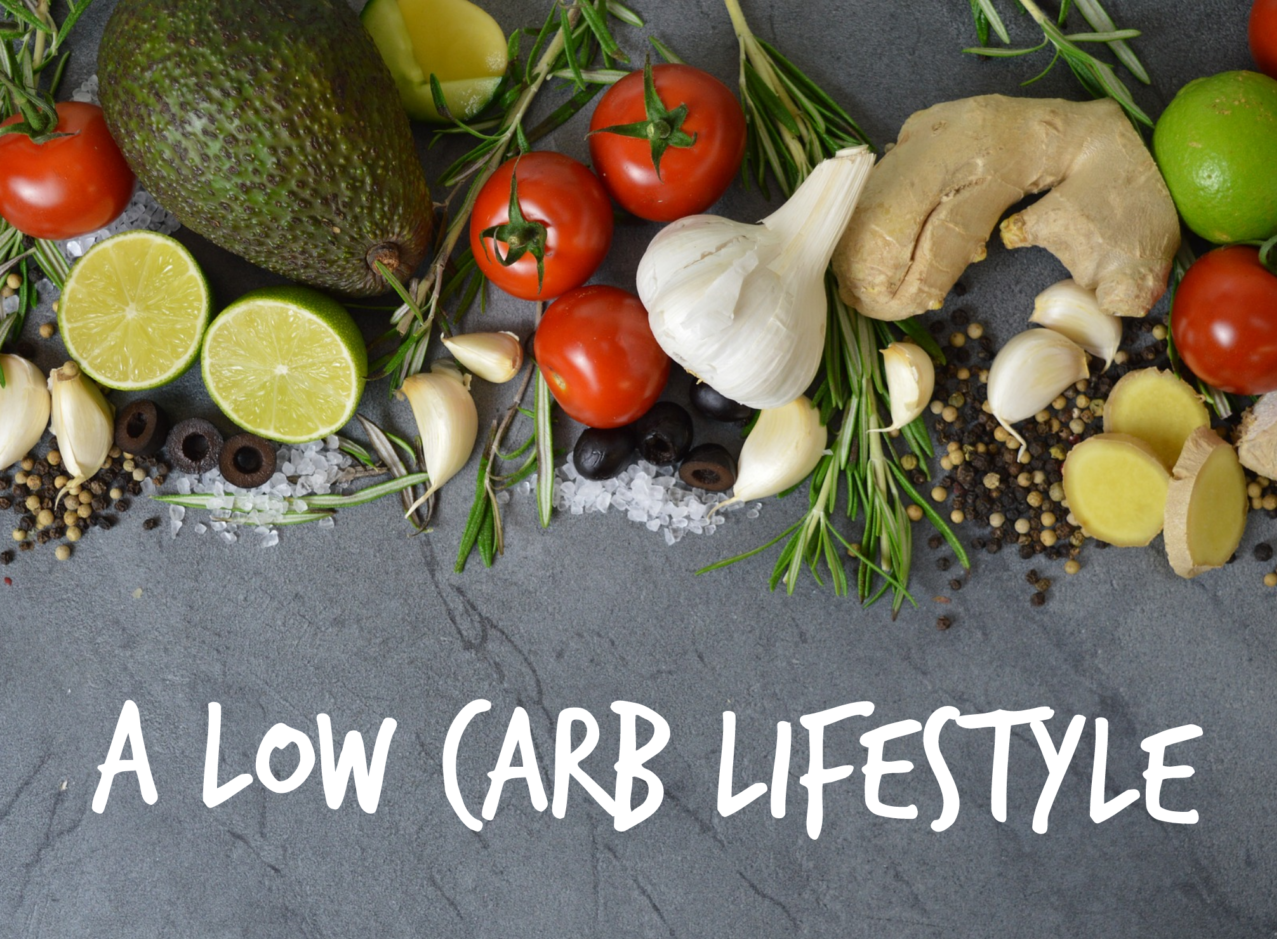
What is a Low Carb Diet?
What is a Low Carb diet?
Generally speaking, the term ‘low carb’ can be applied to any type of diet where you reduce your overall carb intake. This is a very lose term and can mean different things to different people. Generally using the term “low carb” means eating between 20 and 150 gms net carbs per day but you can create your own low carb journey to suit your lifestyle. You could consider consuming between 100-150 gm of carbs per day if your aim is for weight management, between 50-100 gms would be ideal for slow and steady weight loss or for weight maintenance, while under 50 gms is ideal for fast weight loss (some diets actually advocate staying under 20 gms.)
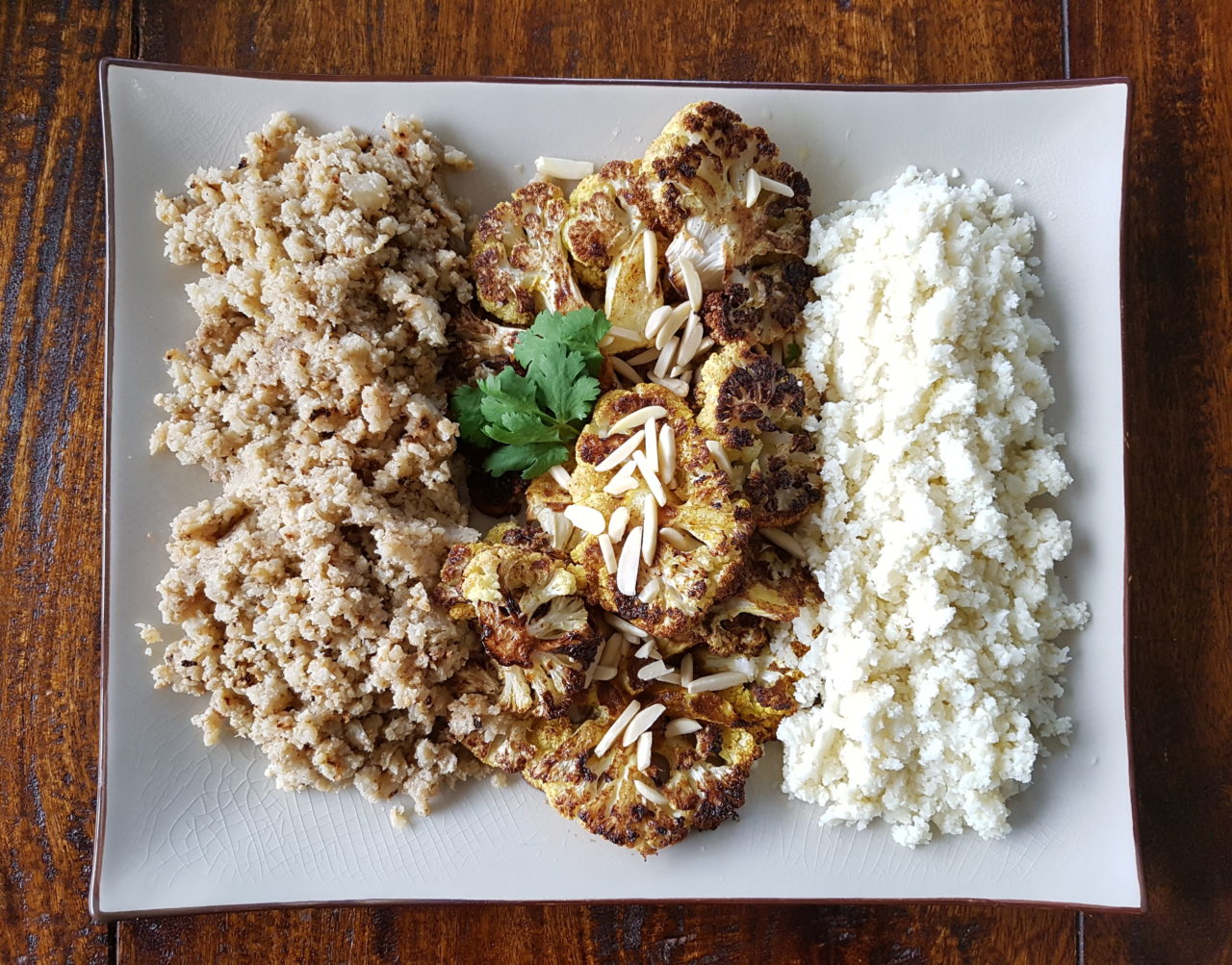
To give you an idea of what this all means in a serving of food, 100 gms of cooked white rice has approximately 28 gms of carbohydrate in it. Compare that to spinach and you could eat approximately 1 kgs of spinach to digest the same amount of total carbohydrate but they aren’t actually equal counts of carbohydrate because a large portion of the carbs from the spinach comprises of dietary or soluble fibre which actually reduces the amounts of carbs down when you deduct the soluble/dietary fibre from the total fibre amount. Have I confused you?
Basically, ‘net carbs’, a term you are going to come across often if you are reading information about low carb diets and counting your carbs, are simply the grams of total carbohydrates in a portion of food less the grams of dietary/ soluble fibre. Because fibre is a carbohydrate that your body cannot digest, it does not raise your blood sugar levels or trigger an insulin response, so it isn’t included when you are looking at the carbohydrate levels of a specific food. You may not be interested in counting carbs or working out what net carbs are however it is useful to know what the term means as it commonly used and if you are eating a very strict low carb diet you will be counting your carbs.
Net Carbs Sum
The sum for this is total carbs (tc)- dietary fibre (df) = net carbs
100 gms white cooked rice= 28.2 gms (tc)- 0.4 gms(df)=27.8 gms net carbs
100 gms spinach = 3.6gms (tc) – 2.2gms (df) = 1.1 gms net carbs
When you look at this comparison, you can see how careful you would have to be to stick to a really low carbohydrate diet due to the high carbohydrate values particularly of grains, breads, sugars and starchy foods but equally, you can see that fibrous vegetables are going to be great foods to eat on a low carb diet, not only because of the low carbs and net carbs but also because of the benefits of eating fibre as well. Looking at the amount of carbs and lack of fibre in the bowl of white rice and you come to understand why Type 2 diabetes is both prevalent and has steadily been on the increase in places like South East Asia.
So back to your low carb diet, you may simply decide to cut back on some or all high carbohydrate foods such as sugar, bread, rice, pasta, and potatoes, or you may choose to be much more extreme and consume an extremely low amount of carbohydrate, so low in fact that your body must stop using carbohydrate as an energy source and you will actually become “fat adapted,” as you are in nutritional ketosis. This literally means that our bodies use fat for energy. So, a Ketogenic diet, an extreme form of low carb eating, occurs when carbohydrate levels are depleted, and a high amount of fats are consumed (if not sourced from stored body fat), as this is what is needed to fuel the body in place of the carbs.
There are lots of different eating plans that come under the umbrella of low carb, such as Atkins, The South Beach Diet, The Blood Sugar Diet, Banting, etc and there is an abundance of resources, books, cookbooks, etc., out there that are amazing for support, ideas and resources for low carbers. I just want to reiterate that I am not advocating a particular eating plan on this blog and that my intention is to develop recipes for people who are simply interested in reducing sugars, carbohydrates and processed foods from their lives. So regardless of what path you have taken or are going to take, you are going to find recipes as well as articles on my website that will be suitable for your particular way of eating. I do talk about ketogenic (keto) diets, as I tend to follow that way of eating myself and it does go hand in hand with low carb, but I understand that this way of eating is not for everyone and you will find that I tend to focus more on low carb in general rather than just ketogenic eating.
What are some of the benefits of Low Carb and Ketogenic Eating?
Some benefits to be gained from reducing your carbs can include the following-
• Low-carb diets are effective at lowering blood triglycerides (fat molecules in the blood), a well-known risk factor for heart disease.
• Appetites tend to go down and you can often end up eating much fewer calories with reduced carbs
• One of the best ways to lower blood sugar and insulin levels is to reduce carbohydrate consumption. This is also a very effective way to treat and possibly even reverse type II diabetes.
• Studies show that reducing carbs can lead to a reduction in blood pressure.
• A large percentage of the fat lost on low-carb diets tends to come from the harmful fat around the stomach.
• Low carb diets tend to be high in fat, which can lead to an increase in blood levels of HDL’s (the so called “good” cholesterol.)
What foods should you be eating/avoiding o a low carbohydrate diet?

The list of foods you can eat is really going to be determined by you and ultimately what type of low carb approach you are going to take. Going extremely low carb is going to dramatically reduce the foods you are allowed to consume but if you just want to cut back on particular foods, the list of foods allowed will be less restrictive.
As a general rule, you will possibly want to try to cut back on your carb intake by avoiding sugary foods, cakes, biscuits, sweets, ice cream, sugar laden yoghurts, etc, plus you will also possibly want to avoid starchy foods such as potato, bread, pasta, rice, soft drinks, juices, higher carbohydrate vegetables and fruits and even possibly legumes such as kidney beans, chickpeas etc. You may also want to avoid sugary alcoholic drinks, beer (although there is low carb and zero carb beer available now), sugar laden sprits such as Kahlua, Cointreau, cocktails and drinks such as sweet and sticky wines.
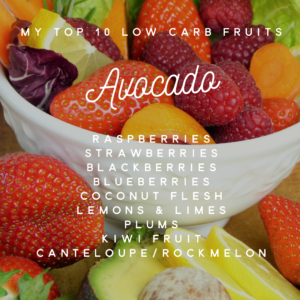
Some great, very low carb food choices include fruits such as strawberries, raspberries, blackberries and blueberries, avocado, lemons and limes. If you aren’t as serious about counting your carbs then you can also add other slightly higher in carb fruits such as clementines, cantaloupe/rockmelon, plums, apricots, apples and kiwi fruit, etc. Some great low carb vegetables choices include broccoli, cauliflower, cabbage, eggplant, zucchini, cucumber, spinach, mushrooms, peppers, artichokes, green beans, leafy greens and celery but this list isn’t exclusive. Your diet will include a reasonable amount of protein such as meat, fish and eggs, and healthy, natural fat sources such as butter, ghee, avocado, coconut oil, olive oil and fatty fish such as salmon. You can enjoy nuts, and seeds such as linseed, chia seeds, sunflower seeds, pepita’s and so many other great tasting and healthy foods. You will work out that zucchini’s are for zoodles and that cauliflower can turn into pretty much anything. There is cauliflower pizza, cauliflower flat bread, cauliflower rice and the delicious cauliflower mash, just to name a few of it’s wonderful alias’s.
Generally, you can include higher fat dairy products such as cheese, cream, sour cream and haloumi etc. They are all great food choices for this lifestyle. Some people may have to still restrict their intake of dairy and nuts if consumption of these is causing weight loss stalling or if you are putting on weight. Our bodies all react differently to various foods, so it can take some tweaking to find an eating plan that works for you. Click for a 1-page shopping/food list that is ideal for low carb/lchf and keto. Low Carb Shopping/Food List
If you are simply going to reduce your carbs by cutting back on bread, rice, pasta etc and still consume higher carbohydrate fruits and vegetables etc, then that will not be a problem. You will find you could still see great benefits just by making little changes to your way of eating and your allowable food list will also be much less restrictive.
Consuming alcohol on your journey is up to you as well. Some individuals will still enjoy a glass of dry red or white wine, or drink gin with diet tonic, vodka with soda etc while other people will simply avoid all alcohol. Do take particular care with beer, sweeter wines and spirits, particularly when served with sugar laden soft drinks. Interestingly, your body will actually burn alcohol first as a fuel source over any other energy source whether you are running on carbohydrate or fat. If on a ketogenic diet, this can potentially put you at risk of taking you out of ketosis so do be careful.
What are macro’s?
One term that will keep popping up in articles you read when it comes to low carb and in particular to ketogenic diets is the word Macro’s. Macro’s is short for the word macronutrients and these are what make up the caloric content of food. Basically, there are three categories of macronutrients that are referred to, and they are carbohydrates, fat, and protein. Not everyone needs to use macro’s as a tool for determining what your food intake will be but if you are interested in applying macros to your way of eating, it is useful to know what it actually means.
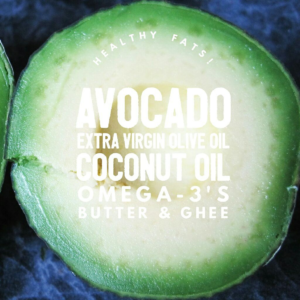
When it comes to determining what you should be eating on a Ketogenic diet for example, a rough guideline to your macro’s is to consume below 10% of your dietary caloric intake from carbohydrates (lower carbs being vital for being in a fat burning state), 15-25% from protein (the lower end is more effective as excess protein can kick you out of ketosis), and 70% or more from fat. If you do some research online there are many free macro calculators out there that will help you to determine what your macros should be based on information such as your body measurements, height, the amount you weigh and the amount of weight that you need or want to lose, how active you are etc.
If you find that you need to track your macros you can use free apps on your phone such as My Fitness Pal and Cronometer etc. There are also others that you can purchase such as Nutritionist, Lose IT etc. Note that this is possibly only going to be relevant for you if you are going on a strict low carb or ketogenic diet. Speaking from experience, if you can only consume 20-25 gms of carbohydrate per day, you cannot be precise with your intakes without tracking exactly what you are consuming. This is particularly relevant in the beginning when you don’t understand the caloric value of food that you eat.
Ketosis v’s Ketoacidosis
I need to clarify here that a ketogenic diet does not mean that you are in ketoacidosis. Ketoacidosis is a metabolic state associated with extremely high concentrations of ketone bodies in your system, where the body begins to use its own fat and muscles for fuel. This condition occurs when there isn’t enough insulin in the body. It can be triggered by infection or other illness but is most common in individuals suffering from Type 1 diabetes and it can be a serious life-threatening situation if not treated.
In contrast to the potential life-threatening ketoacidosis, being in Ketosis is caused by deliberate dietary restriction, occurring when the body is forced to burn fat for energy due to a lack of consumption of carbohydrate for fuel. Ketosis is occurring because of the elevated levels of ketone bodies in the blood. Once carbohydrate sources have been depleted from your body, the liver takes over to convert fat into essential fatty acids and ketone bodies. The ketone bodies pass into the brain and replace glucose as an energy source. The fat for energy can be sourced from stored body fat and from additional fats that are consumed in your diet. Many people associate a ketogenic diet as being a high protein diet, but this is incorrect. Consumption of protein is generally moderate (excess protein consumption can kick your body out of ketosis), carbohydrates very low and consumption of fats is high.
A Ketogenic Diet
A ketogenic diet generally involves consuming very low carbs, medium amounts of protein and high-fat foods. Your carb intake is generally limited to less than 50 grams per day, and sometimes to less than 20–30 grams depending on what your goal is as well as how your body processes the intake of carbohydrate. Some people can stay in ketosis consuming 25-50 gms or go slightly higher whilst some individuals have to stay strictly below 20-25 gms carbs per day.
There are a few different types of ketogenic diets and they include-
• A conventional ketogenic diet is referred to as a “standard” ketogenic diet (SKD).
• A Targeted Ketogenic Diet (TKD) where you can add small amounts of carbs based around fitness workouts.
• Cyclical Ketogenic Diet (CKD): You eat a ketogenic diet most days but switch to a high-carb diet for 1 or 2 days each week.
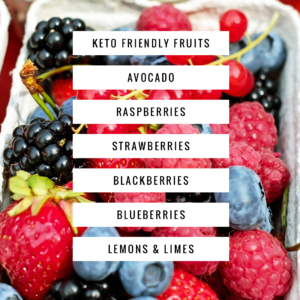
A keto diet can assist with stabilising Type 2 diabetes, at times even reversing it. It can assist with stabilising and/or lowering insulin levels and fat burning can increase dramatically. Being a fat burning machine means that you can actually burn off your own fat stores which is why you can see dramatic weight loss on people who are on a ketogenic diet. This is obviously a great benefit if you’re trying to lose weight but there are also other less obvious benefits, you also get to eat lots of delicious, tasty, real food so there is absolutely no starving at all involved in this diet, and the fat provides your body with energy (whether it is burnt off your fat stores or by consuming additional fat.)
A ketogenic way of eating does require huge changes to how you eat, with a much more restricted food list than just a general low carb food list. You will also have to deal with weaning your body off carbohydrates, which can be quite difficult for many people. This can make the first few weeks of this diet quite difficult to do however…. get through those first few weeks and the weight loss and other health benefits you experience might actually help keep you on this path.
How long does it take for you to become fat adapted on a Ketogenic Diet?
When I first started this way of life, it probably took a good week to 10 days to get into a ketogenic state but probably 3-4 weeks for my body to become efficient at it. Once you are fat adapted and if you eat too many carbohydrates it can knock you out of ketosis however getting back into a ketogenic state might only take 1-3 days. Some people actually use fasting to assist with getting back into ketosis while others (like me who enjoys eating too much to be able to fast) simply lower my carbohydrate intake back down enough to deplete carb levels in my body. Note that the amount of time it can take to become fat adapted can vary vastly between individuals.
Cautions
If you are on medication, suffer from health issues, chronic illness, have diabetes, blood pressure issues, are pregnant or breast feeding etc, please get medical advice before changing your way of eating. This may require you to find a health practitioner and /or dietician who is educated and knowledgeable about low carb/LCHF/ketogenic diets and their associated health benefits, and can actually support you on your journey. Many practitioners today just don’t have the right knowledge nor understand what the benefits of low carb can be, but the great thing is that there are practitioners out there that are educated in this area and you may need to find one who is going to understand low carb and the positive impact it can have on your health.
To find practitioners who support this way of eating, do a search online or on one of the many support forums that are out there. There are some wonderful Dr’s, GP’s, dietitians etc out there who are very knowledgeable about the benefits that low carb eating can offer you. If you are in Australia, you can try this link. https://lowcarbdownunder.com.au/resources/lchf-practitioners/
So that’s a brief summary and comparison of low carb diets. I tend to follow a ketogenic eating plan and often people ask me how I can possibly be healthy eating that much fat. But when fat becomes your main fuel source, your whole-body functions differently. Traditional nutrition “rules” no longer apply in that respect. I have seen the benefits of this way of eating and have even had blood test results come back showing an increase in HDL’s and a noticeable decrease in my triglyceride levels, within 6 months of starting this diet. These results actually reflect some of the known health benefits that I talked about earlier in this article and that, combined with a weight loss of about 15 kgs is why I have decided to make this not just a diet but a way of life.
Based on my posts you will quickly discover that I have effectively thrown the current food guidelines out of the window. I have tried to eliminate as much sugar and processed carbohydrates from my diet as I can and I have embraced adding fat into my diet. I eat amazing food and don’t necessarily feel the need to snack in between meals as I feel sated by the fulfilling food that I eat. I have lost my cravings for overly sweet food though, so you will find that very few of the recipes I post on here are going to be overly sweet but you will discover that they still taste great.
You can embrace the low carb way of life a little or a lot. You may simply want to reduce the number of carbs and sugars that you eat or you may want to be extreme for example and do a low carb high fat (LCHF) diet or ketogenic diet. Either way, I hope that you gain some benefit from the recipes and information I share on this page.
Karen
